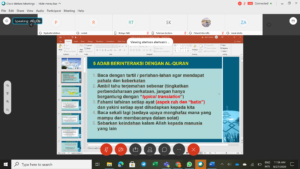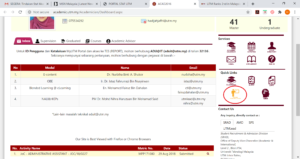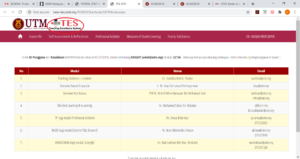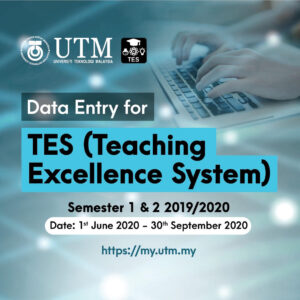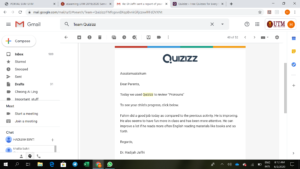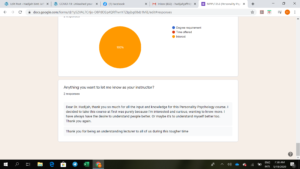What a buzz! I was elected as a facilitator to assist others on how to write teaching philosophy. My first reaction was “What a heck! Armed with a PhD and yet we need someone to assist us to write our own teaching philosophy?” Sound negative, right?
Well, personally, I feel like a fake or impostor or fraud when I am entrusted and assigned as a facilitator. “Oh come on! Who am I to assist my highly esteemed colleagues with vast knowledge and experience to write their teaching philosophy.”
When I write my teaching philosophy, I write it from my heart and soul (of course I use my brain to think about the wording). How can I assist others to write their own teaching philosophy? We are different in so many ways. Some are even better teachers/instructors/supervisors than me. My passion for teaching is different from them too. In short, they could be a better educator and more passionate about teaching than me.
How on earth am I going to assist them? Don’t you think that I am a fake. What a baloney!
But here are some of the things that I use as a guideline to write my teaching philosophy. The guideline is taken from the headings on TESDCP. In short, just write from your heart based on each category. There are four categories:1) Goals of Student Learning, 2) Personal Philosophy, 3) Belief and Practices of Assessment and Evaluation and 4) Self-reflection of Teaching Development over time and how this relates to future goals.
I ask myself certain questions before I write each part.
1) Goals of student learning (Before you write this part, think about this question “What do you want your students to be and become?”, “What kind of value that you want to inculcate and impart to them?”)
2) Personal Philosophy. When I am writing this part, I emphasize on two points: Vision and Teaching Approach.
a. Vision as an educator (Before you write this part, think about this question “How do you see yourself as an educator?” What is your perception about your roles as an educator?”)
b. Teaching approach (Before you write this part, think about this question “What do you normally do in class? “What do you hope that your students will learn from the activities that you do in class or the assignment/task that you give to students?”)
3) Belief and Practices of Assessment and Evaluation (Before you write this part, think about this question “How do you assess your students?, How do you give feedback to students for improvement?”)
4) Self-reflection of Teaching Development over time and how this relates to future goals (Before you write this part, think about this question “How do you assess your teaching?” – it is not about relying on your students’ feedback or EPPP per se but on personal level, how do you assess yourself as an instructor/supervisor?”, “What are the things that have changed over certain period of time?”)
